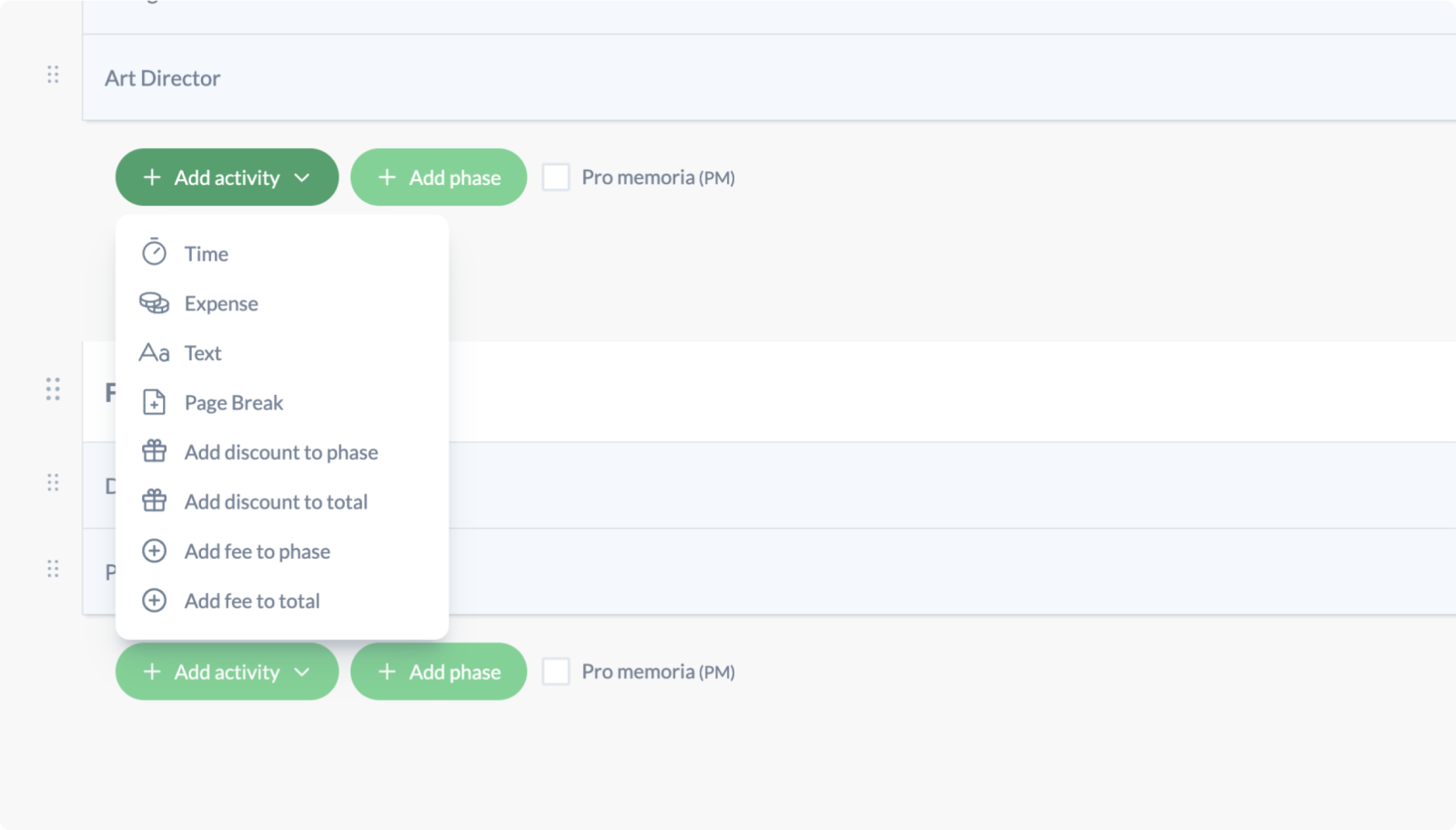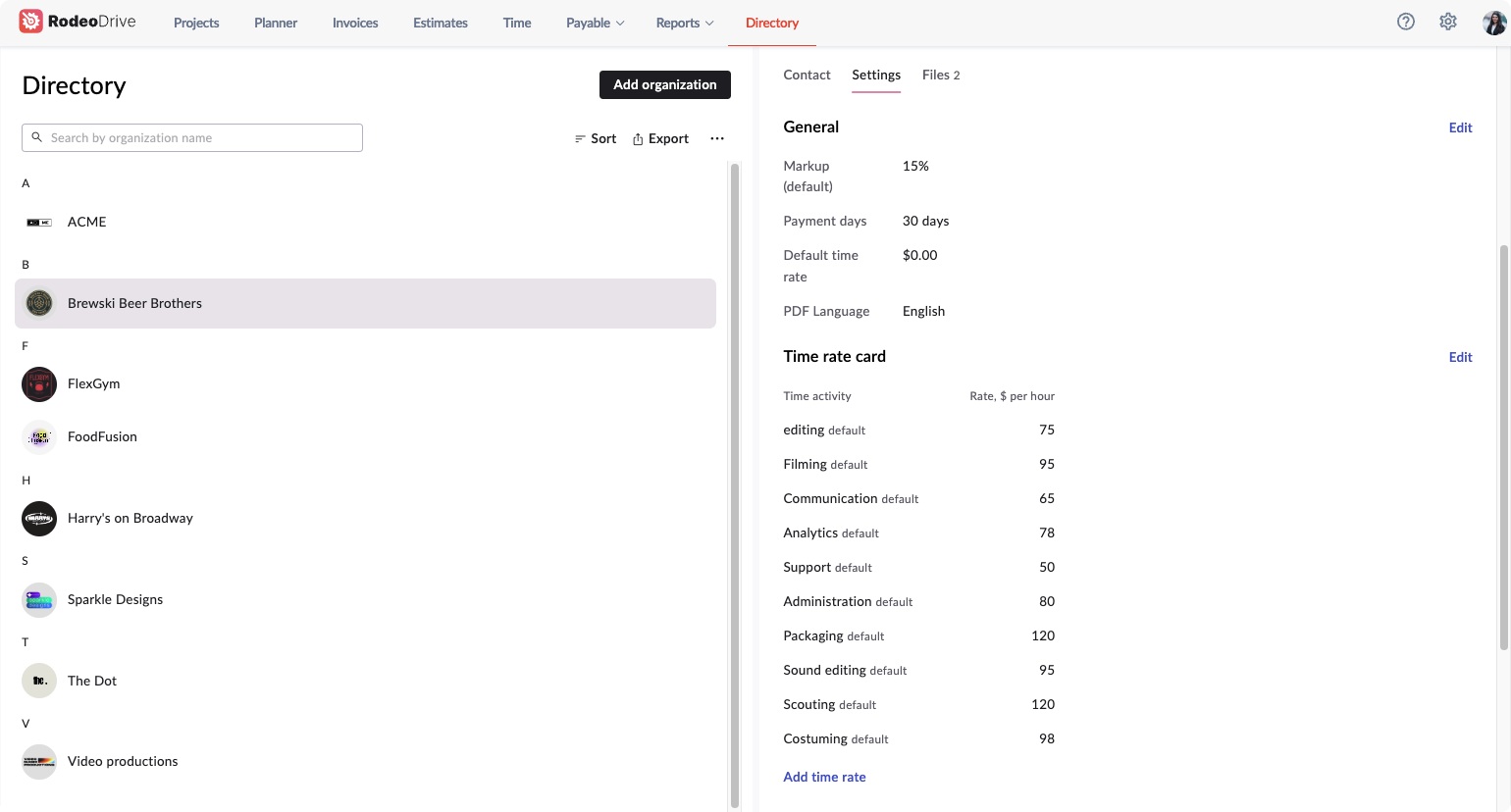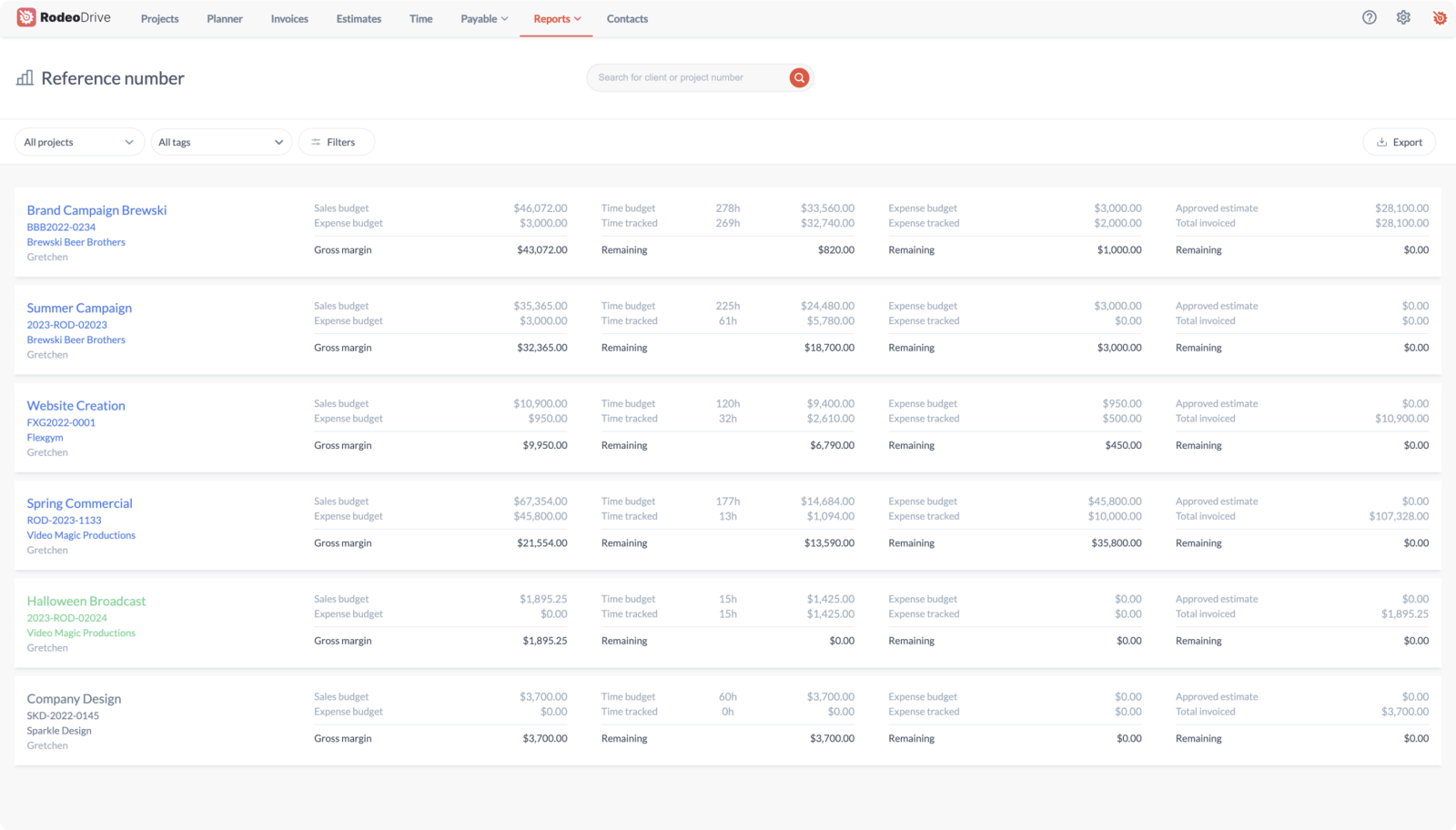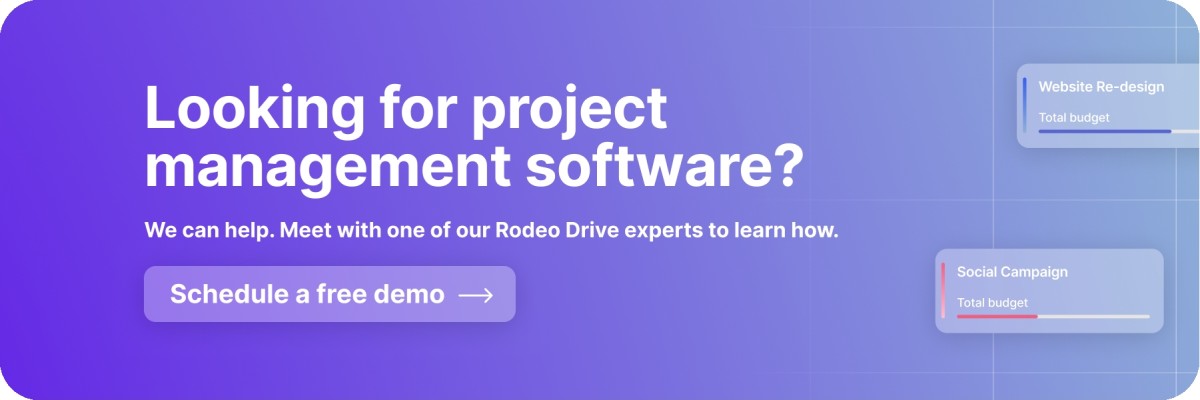Client Management: Best Practices for Building Strong Relationships
How can you secure a base of satisfied clients who will want to work with you long-term? The answer is with client management.
Client management is the way in which you go about managing your relationships with clients, from the initial point of contact through the presentation of the final deliverable.
But for project managers who find themselves in a client-facing role, client management isn’t always a walk in the park. It can come with misaligned expectations, conflict, and miscommunication — which you’ll have to deal with on top of your normal project manager duties.
If this sounds like you, don’t worry. In this blog, we’ll explore the benefits of client management, the skills you’ll need, pitfalls to avoid, and best practices for solid results.
What is client management?
Client management is the process of managing interactions with all clients — both potential clients and existing ones. The goal of client management is to leave clients happy with your team’s performance and the service they receive, ultimately improving client retention long term.
Strong client relationships are built through personal interactions and good communication. In some way or another, all client-facing teams practice client management, whether or not they realize it.
Typically, client management is spearheaded by a sales or customer success manager, whereas project-based companies might have the project manager tackle client relations, depending on the company structure. Regardless of who’s in charge of managing and nurturing client relationships, the responsibilities and skills required remain the same.

How are clients different from customers?
The terms “client” and “customer” are often used interchangeably, but there are actually a few differences between them.
A customer might be someone who purchases a good or service after a brief interaction with your organization. These relationships are surface-level and don’t require a significant amount of personal attention to complete the sale. Think of a customer as someone who purchases an item online after seeing an ad on Facebook.
On the other hand, a client is usually someone who purchases a service through a more formal business transaction through a contract or agreement for a set period of time. As a result, you’ll need to foster a deeper relationship with them with a higher degree of personal attention while working closely during that time frame.
For example, a new company that your organization is conducting a project on behalf of would be considered a client since you’ll be working with them over a longer period of time. You’ll want to invest in client management to ensure they’re left satisfied throughout your entire time working together and after.
Benefits of proper client management
As discussed earlier, since clients are around for a long period — particularly in project management where projects occur across a wide time frame — client management plays an important role in ensuring that the experience throughout that period is exceptional in the eyes of the client.
Acquiring new clients is expensive, so retaining the ones you already have allows you to cut down on your marketing and advertising spending too. And who wouldn’t want a higher client LTV? Plus, word of mouth goes a long way in getting client referrals that will bring you new business.
It’s also worth noting that satisfied clients are much easier to work with, potentially leading to higher job satisfaction among your team. Higher employee satisfaction and retention might also be added benefits.
Pro tip: Using a client management tool can make this process much easier.
What does client management look like in practice?
At this point, you might be wondering what client management would look like for your team. Generally, it involves nurturing a connection between your team members and the clients themselves.
But on a more tangible level, client management consists of tasks such as hosting check-ins and proactively reaching out to clients you haven’t heard from lately. Or, after a project is over, conduct formal interviews or satisfaction surveys to see how well your team met their needs and how you can improve for next time.
Any activities conducted by you or your team that help your client feel heard fall under the client management umbrella, whether that includes meetings, regular email communications, or phone calls.
Client or project managers might be responsible for the following tasks:
- Building a personal relationship with the client
- Assessing risks related to the client’s goals and objectives
- Gathering client satisfaction data via surveys
- Watching for industry trends and advising clients on the best course of action
Necessary client management skills for project managers
So, what skills are necessary for good client management? The answer largely depends on whether you’re a client-facing project manager or someone solely dedicated to client management.
While the project manager role requires numerous other project management skills, there are a couple of skills that stick out with regard to client management in particular. Let’s take a look.
Detail-oriented
A detail-oriented project manager will help prevent your team from making mistakes or producing work that’s not up to your client’s standards. Plus, details that your team may consider unimportant might matter a lot to your client, so ensuring that every single project detail is properly completed is important for both project success and client satisfaction.
Confident
It’s important that project managers are confident in their team’s ability to complete the project so that the client feels that your team is the right one for the job.
Client managers often find themselves in an advisory role with their clients, so it’s crucial that they present themselves as confident and knowledgable so that they’ll feel comfortable taking their guidance.
Strong communicator
Nothing has the ability to ruin a strong client relationship like bad communication. Failing to keep the client in the loop regarding their project status or not being responsive to their feedback can be detrimental to your client relationship.
Instead, you’ll want to make sure that your communication management skills are sharp and that you’re properly communicating with the client through the right channels at all times. This way, they’ll feel like you’re always on the same page and that you’re listening to their concerns.
.png)
Problem solver
Roadblocks are inevitable during projects, but a skilled project manager is adept at solving problems quickly to prevent client dissatisfaction. Having a project or client manager who’s able to think outside of the box to ensure project objectives are met will go a long way in leaving clients satisfied.

3 pitfalls to avoid in client relationships
Without the right approach to client management, your clients may decide to churn. Luckily, being aware of the most common client management pitfalls can help you prevent that from happening.
Here’s a handful of client management pitfalls that you’ll want to steer clear of before beginning your next project:
Disorganization
Many clients view disorganization as a red flag. A disorganized project team is more likely to miss deadlines or make mistakes that have repercussions for the project budget.
All in all, a disorganized project team is typically also one that’s unreliable and undependable, which isn’t going to make for a great client experience. Using a project management tool to centralize your project information and streamline your workflows can be a great mitigation strategy — bonus points if the PM tool also offers client management capabilities.
Mistrust
If your client doesn’t feel like you have their best interests in mind, why would they respect the recommendations you’re giving them and the work your team is producing? This is why it’s crucial to build a foundation of trust so that your client will respect your team’s expertise and take your work to heart.
Misaligned assumptions
Every project comes with assumptions — made by both the project team and the client. Assumptions are project factors assumed to be true without any evidence, such as assuming that the project will be completed on time and within the budget.
However, assumptions can be an issue when they’re not properly documented and discussed, particularly when the project team’s assumptions differ from those of the client. Instead, you’ll want to sit down with the client and ensure you’re aligned on your expectations ahead of time.
Best practices for maintaining strong client relationships
Now that we’ve covered the skills you’ll need and the pitfalls to avoid, it’s time to cover some best practices. The following tips will help you forge strong client relationships.
1. Understand your client’s industry
Having a basic understanding of your client’s industry can make all the difference in whether they’re satisfied with your team’s work. Just as you might consider your target audience when writing a speech, you want to ensure that your team’s work is tailored to your client, whether through the tone of your work or otherwise.
This doesn’t mean you need to become an expert on the ins and outs of the industry. But it’s important to understand the trends and basic terminology and work those into your deliverables whenever possible.
Related: 50 Important Project Management Terms You Need to Know
2. Ensure client expectations are realistic
Setting realistic expectations goes hand in hand with managing client assumptions. That said, discussions on expectations need to happen early on in the client onboarding and project planning phase to prevent any conflicts.
Failure to align on expectations will almost certainly result in client dissatisfaction. For example, if a client wants the project completed in 5 weeks but it’s going to take your team a minimum of 10 weeks, committing to an unrealistic 5-week timeframe is setting your team up to fail.
Instead, consider explaining to your client why the 10-week timeline is necessary to produce the outcomes they’re looking for. If this still doesn’t sway them, you need to know when to walk away — which is why it’s ideal to have these conversations before committing to the project, if possible.
3. Create a project communication plan
While it’s a great idea to put some thought into how your project team and client will communicate, it’s an even better idea to put those thoughts into writing by creating a project communication plan.
Your communication plan should include an overview of the channels through which you’ll communicate, the communication style, and how frequently this messaging will occur.
This way, your team will have a reference document that they can look back on for guidance when questions about communication arise.

4. Practice transparency
In the spirit of building trust between your team and your client, it’s crucial to be transparent. Project delays are inevitable, but attempting to hide when things don’t go according to plan is not the best way to build a relationship.
Instead, take accountability for your team’s mistakes and times when things didn’t go as smoothly as you expected. Honesty is the best policy when trying to build a strong relationship with a new client.
Sharing your expected timeline with the client is another great way to ensure that they’re able to hold you accountable if a deliverable deadline gets missed.
5. Listen to the client’s needs
In the customer service industry, there’s a common phrase: “The customer is always right.”
While there are many instances where the customer isn’t right, this saying gets at the idea that sometimes you’ll need to compromise to leave your client satisfied.
The entire purpose of client management is to create a relationship through which the client can communicate their needs and the client manager can act on them. So, it’s critical that you’re actually listening to their needs and acting accordingly, even if you disagree with what their business needs to be successful.
6. Proactively share your team’s results
Your client hired you to produce results, which is why regularly sending them progress reports or other data illustrating your team’s results is important. This way, they can be rest assured that your team is a worthwhile investment they should continue making.
.png)
Several project management software offer reporting functionality, which means you can send real-time project reports to clients without having to spend time making the data look presentable or client-ready — making this results-sharing process even easier.
7. Seek client feedback
Client management should function as a feedback loop by which you solicit feedback from the client and improve your team’s workflows to bring them the best possible results.
While some clients might be very upfront with their complaints without being asked, others might not provide feedback unless prompted. This is why it’s important to give ample opportunities for this feedback, whether through an email survey or a check-in meeting where the sole purpose is a performance assessment.
How Rodeo Drive can help you build stronger client relationships
Client management is a lot to handle on top of your regular job duties, which is why utilizing a project management software tool can make this process a breeze.
Meet Rodeo Drive, a comprehensive project management platform that helps project-based teams manage their projects from start to finish.
With budgeting, time tracking, activity planning, and invoicing available within Rodeo Drive, your team can bring your project and financial management together into a single app. No more wasting time switching between third-party tools.
Check out the Rodeo Drive features that can improve your client management processes:
Easily send estimates directly from the platform
Once you’ve built a phased budget in Rodeo Drive, you’ll be able to send it out to clients as an estimate for them to approve.
Not only does this bring transparency to the budgeting process, but it also reduces the administrative burden put on project managers, as you can simply send out this estimate in one click, without having to manually do so.

Once the client has given you the green light on this estimate, you’re all set to begin tracking time toward your project activities.
Centralize your client contact information
Rodeo Drive offers a mini client relationship management feature that allows users to store their client contact information, along with files, rate cards, and other details within their Directory tab for easy access.

This way, you’ll have your point of contact for every client stored in a centralized place, so the necessary team members can access the markup percentage and hourly rate for each client. So, for instance, if a team member is abruptly out sick, you’ll still have the necessary information to communicate with your client.
Access real-time project data and reports
In Rodeo Drive’s “Reports” tab, you’ll find three different reports: projects, time, and productivity. These will bring you insights into your project profitability, hours spent on each client, and the billable rate of each employee.

This data is compiled based on your team’s usage of the platform, meaning it automatically updates in real time as your team records their time and adds their expenses.
You also have the option to filter this data according to the status, project manager, and date of each. All of your reporting data can be exported as an Excel or CSV file as well.
Why not give Rodeo Drive a shot? Come see if it can streamline your workflows by signing up for free today. Or, if you’re interested in learning more, sign up for a demo with one of our experts.








